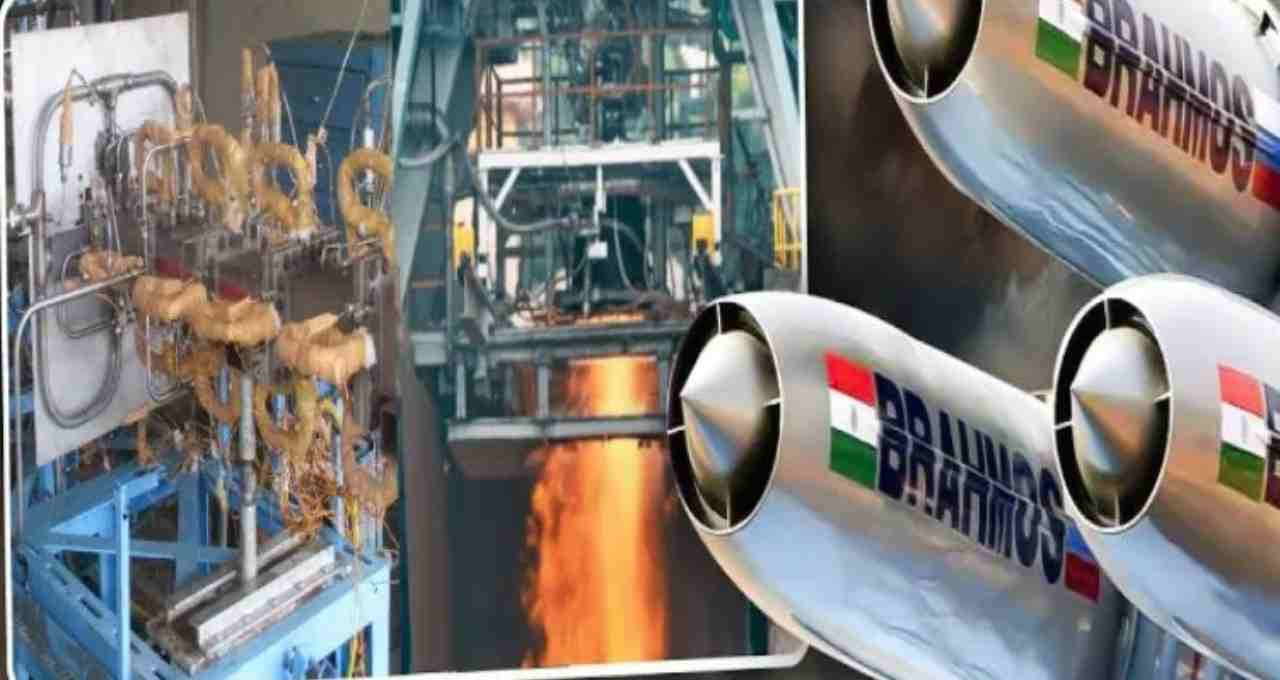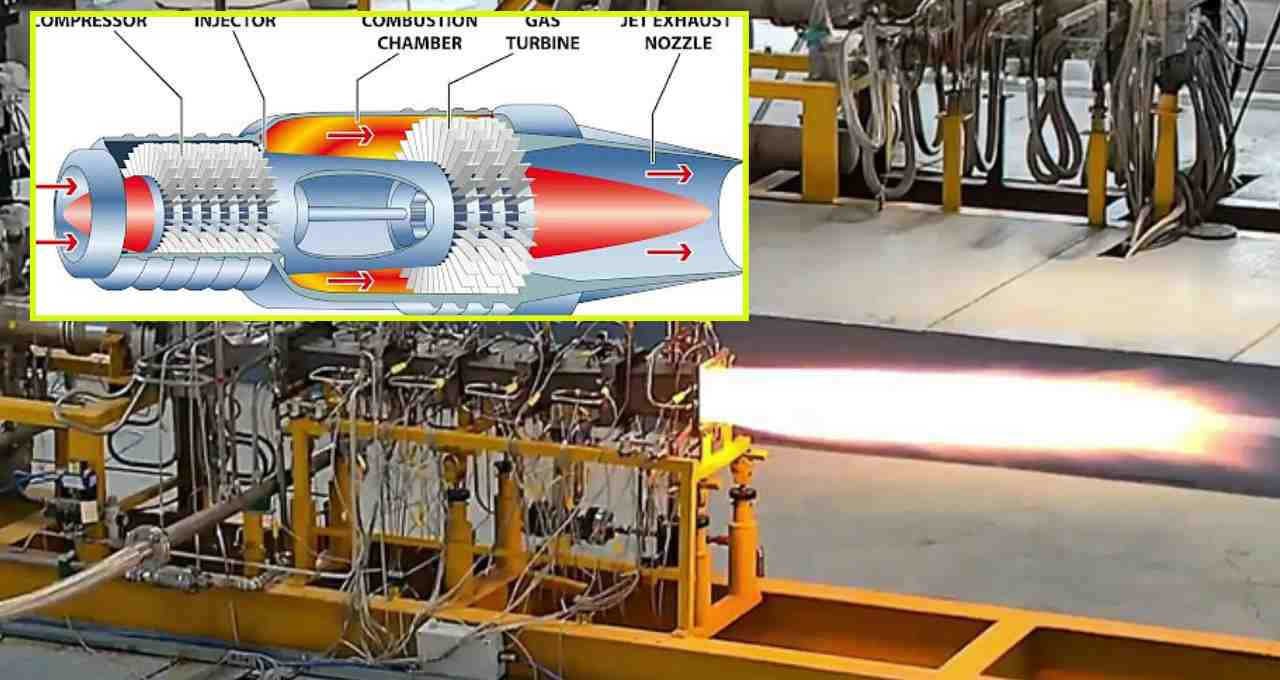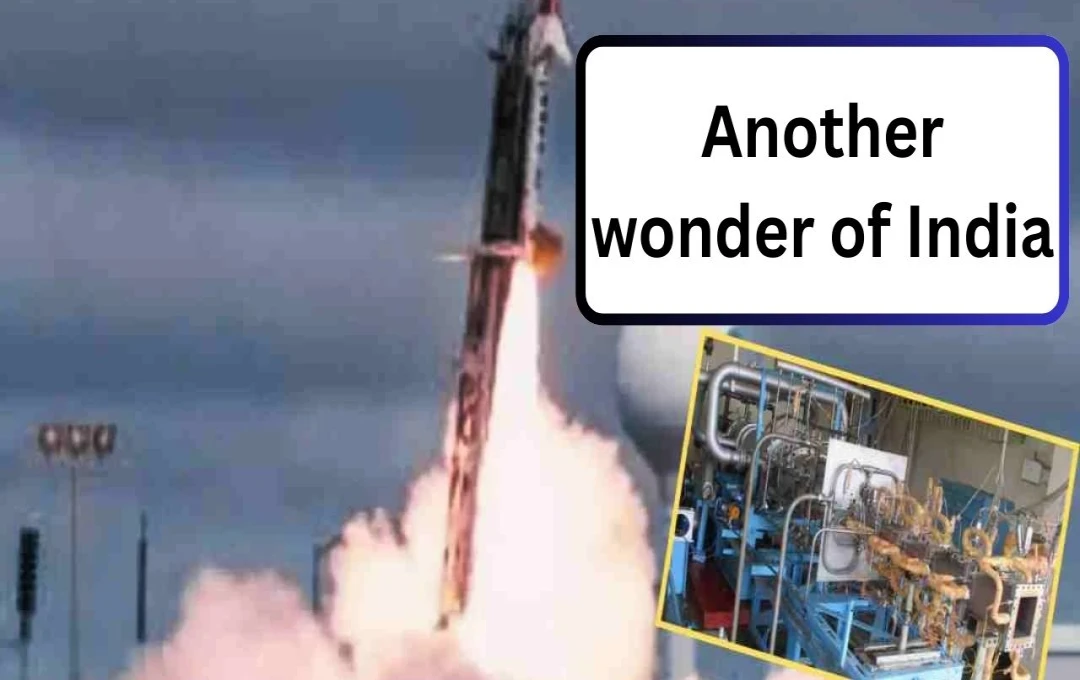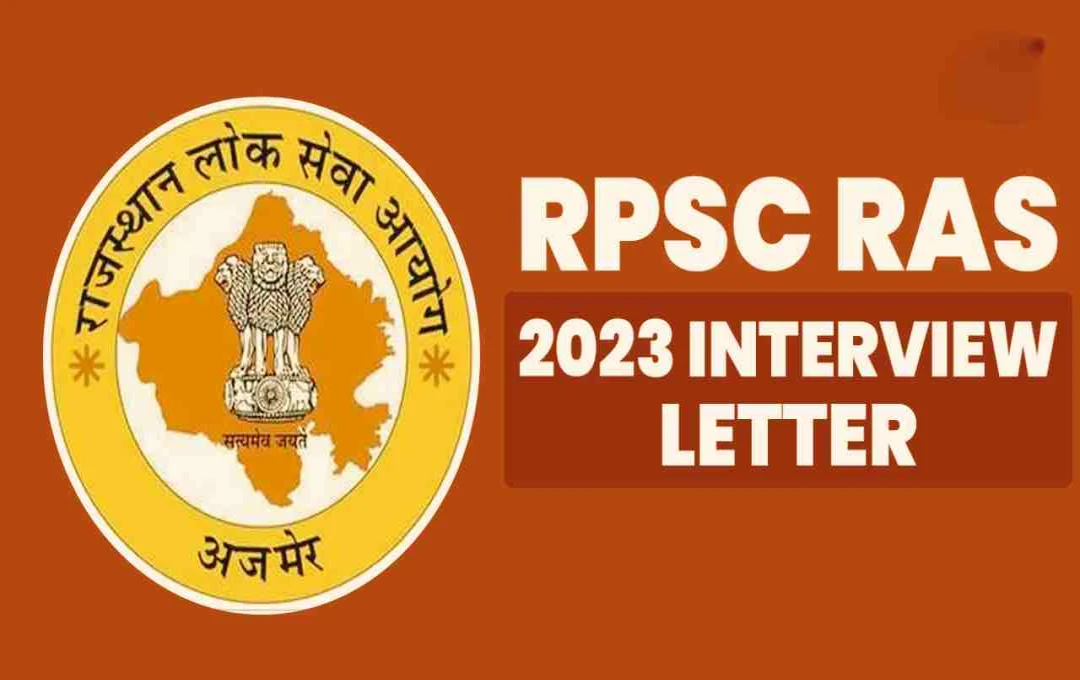India achieved a significant milestone in missile development today with the successful ground test of a scramjet engine under its next-generation hypersonic missile technology. The test lasted approximately 1000 seconds.
Hyderabad: India has made another significant leap in the defense sector, achieving a remarkable feat in hypersonic weapon technology. The Hyderabad-based Defence Research and Development Laboratory (DRDL), a laboratory under the Defence Research and Development Organisation (DRDO), successfully conducted a ground test of a state-of-the-art 'scramjet engine' for over 1000 seconds. This test is considered a major step forward in India's "hypersonic cruise missile" development program, elevating its standing on the global stage.
First Scramjet Test of Such Long Duration
This is the first time DRDL has conducted such a long ground test of an actively cooled scramjet subscale combustor. A previous test in January 2025 lasted 120 seconds and was deemed successful. However, the current success, exceeding 1000 seconds, firmly places India among advanced nations like the USA, Russia, and China, who have mastered scramjet technology.
What is a Scramjet Engine and its Significance?

A scramjet (Supersonic Combustion Ramjet) is an air-breathing engine that uses oxygen from the atmosphere to combust fuel. This technology operates at supersonic speeds and is considered crucial for hypersonic missiles. Its key advantage is that it doesn't require carrying onboard oxygen like conventional rockets, reducing missile weight and increasing both speed and range.
Hypersonic cruise missiles can travel at speeds exceeding five times the speed of sound (Mach 5 or greater, i.e., >6100 km/h) over long distances. These missiles are also capable of evading enemy radars and defense systems.
Inauguration of High-Tech Scramjet Test Facility
The test was conducted at Hyderabad's newly developed Scramjet Connected Test Facility, specifically designed for testing scramjet technology in India. This facility's design incorporates solutions for technological challenges such as combustion control, thermal management, material engineering, and flow dynamics.
Teamwork of Scientists and Engineers Pays Off
Various DRDO laboratories, industry partners, and leading academic institutions across the country played a collaborative role in achieving this successful test. This is a significant scientific achievement in the field of hypersonic weapon technology, propelling India towards technological self-reliance.

DRDL Director Dr. G.A. Srinivas Murthy termed this success a victory for "Team India Science" and stated that the scramjet engine will be ready for full-scale flight tests in the coming months.
Test Features
- Test Duration: Over 1000 seconds
- Location: Scramjet Connected Test Facility, Hyderabad
- Engine Type: Active cooled scramjet subscale combustor
- Previous Test: A 120-second test was successfully conducted in January 2025.
Defense Minister and DRDO Chief Congratulate the Team

Defense Minister Rajnath Singh congratulated DRDO, scientists, industry partners, and engineering institutions on this historic achievement, stating that it symbolizes India's scientific prowess, innovation, and technological self-reliance. This will further strengthen our defense sector and ensure our technological readiness for future warfare scenarios.
Meanwhile, DRDO chief Dr. Samir V. Kamat congratulated the Director-General of Missiles and Strategic Systems, U. Raja Babu, the DRDL director, and the entire technical team for this achievement. He stated that this test will serve as a b foundation for India's hypersonic weapon development.













